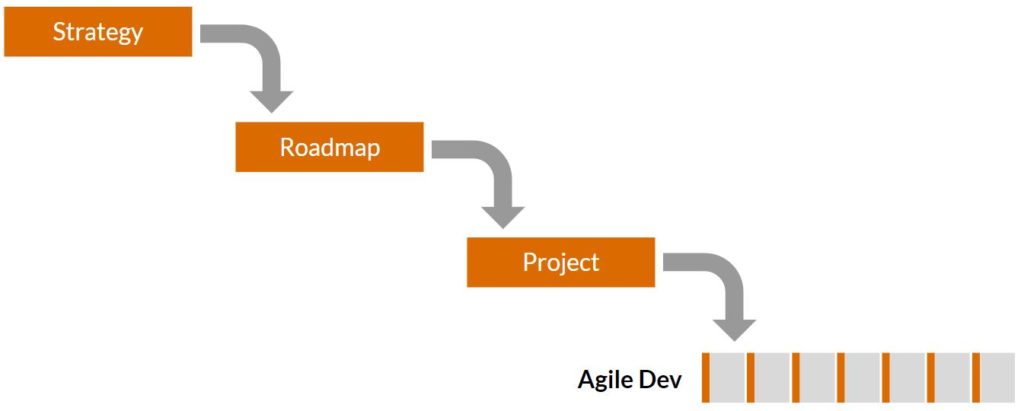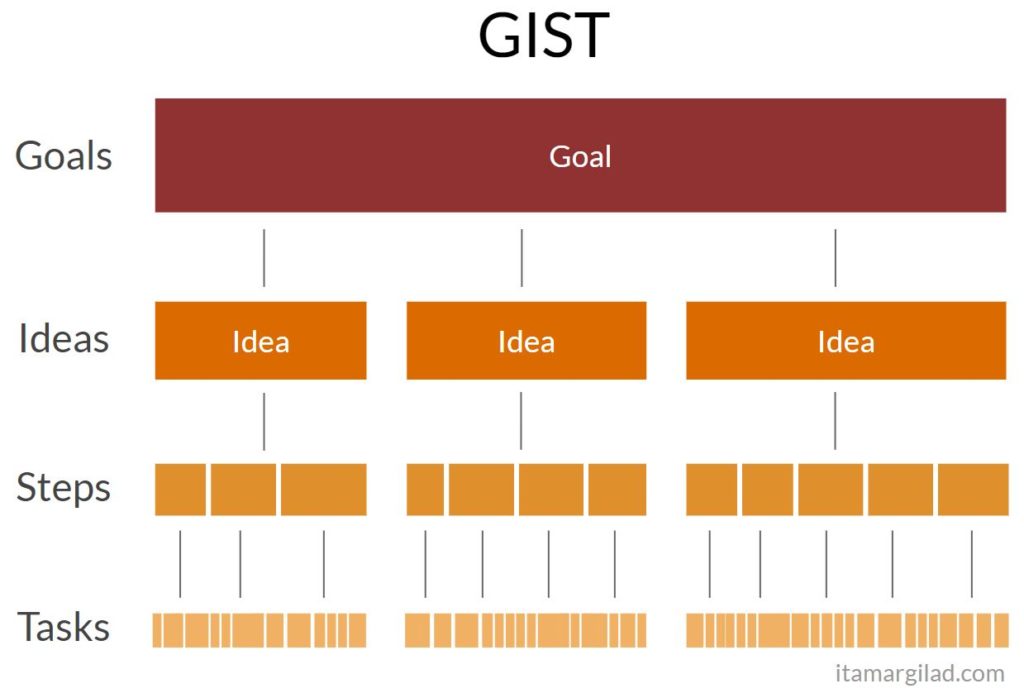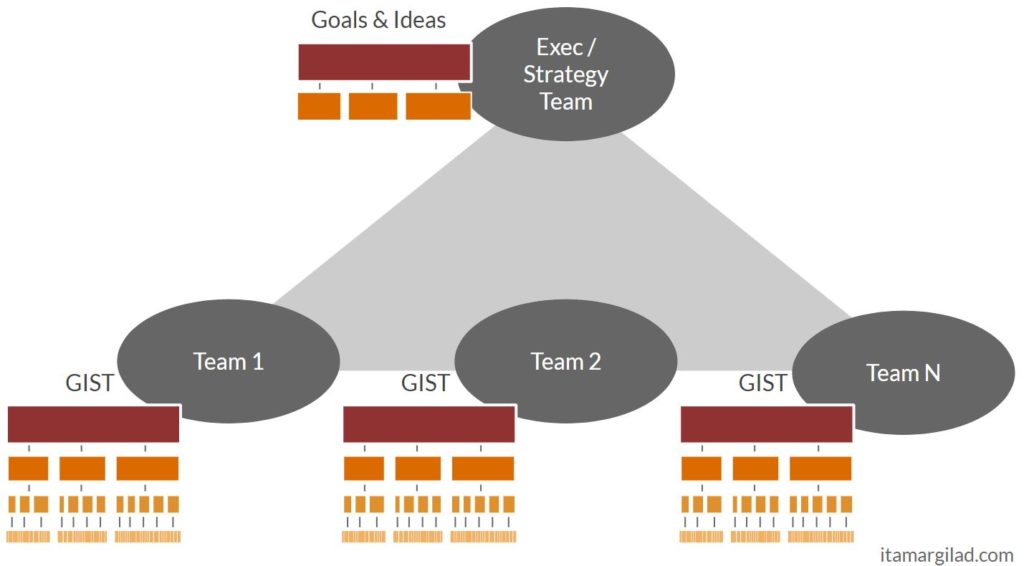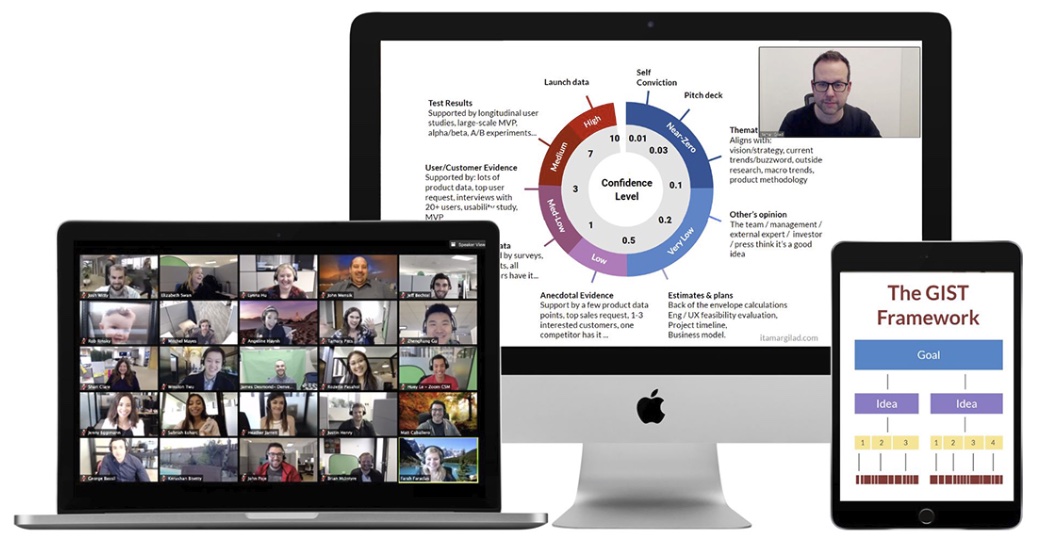The Coronavirus pandemic has turned into a global health and humanitarian crisis. But even when we will beat it and go back to work things will not be as they were. There are clear signs of a global economic recession, if not a full depression. There’s much uncertainty, but it’s likely that for a number of years markets will cool down, investments will dry up, customers will clamp down on spending, and lots of people will be unemployed.
What does it mean to you, your job and your company?
A recession is a time of high volatility, uncertainty and risk. For most companies it’s bad news – the markets dry up, and things that worked before stop working. But not for all. A study conducted by Harvard Business School professors Ranjay Gulati, Nitin Nohria and Franz Wohlgezogen analyzed the performance of 4,700 companies during three recessions. According to the study 17% of the companies sampled didn’t survive the recession, 74% survived, but were slow to recover, and 9% “flourished after a slowdown, doing better on key financial parameters than they had before [the recession] and outperforming rivals in their industry by at least 10% in terms of sales and profits growth.”
Every upheaval creates opportunities as well as risks. During and after a recession there may be new customer needs, less competition, readily available and cheaper talent pool, facilities, and acquisitions options. Google, still just a scale-up in 2001, managed to come out stronger from the dot com bust and made a successful IPO in 2004. Facebook emerged stronger from the 2008 recession.
Unfortunately most companies are not geared to deal with a crisis as effectively as Google or Facebook did and are headed over the cliff.
The Planning Waterfall
Right now company executives worldwide are holding frantic strategic talks over video conferencing. What’s our strategy? Which projects to keep and which to cut? How much of the workforce to terminate? What parts of the work to outsource? Soon announcements will trickle down. The situation is challenging for sure, but we’ve put a strategy in place that will help us not just cope, but flourish (as we know every challenge is also an opportunity in disguise). We ask you to keep calm and to follow the plans you are given diligently. Together we’ll pull through and come out strong.
P.S. We’re going to re-organize ourselves to better deal with the new situation. Unfortunately that means some jobs will be made redundant.
What’s the problem? Under conditions of high uncertainty, complexity and rapid change, plans of action are of very little value – they’re based on insufficient information and are unable to predict the effects in advance. Still, we engage in expensive, multi-level top down planning:

The executives don’t really know how things will shape up. They’re just guessing. The strategy and derived plans are therefore little more than a house of cards. It’s very unlikely that things will happen as planned, or that the plans will have the expected effect. When it becomes clear that the company is losing revenue quicker than it can fire employees, a new strategy will have to be frantically formulated and another major replanning will follow. Top-priority initiatives will shut down overnight and new ones will take their place. All this time the company will bleed money and the business will further decline. Changes at the executive level are not uncommon at this stage, but new management may just send the company into more plans-and-execute death spirals.
What strategy should you use then?
The Harvard Business School study mentioned above also analyzed how different strategies employed by the sampled companies fared during and after the recession. The result are not what you’d expect:
“One combination has the greatest likelihood of producing post-recession winners: the one pursued by progressive enterprises. These companies’ defensive moves are selective. They cut costs mainly by improving operational efficiency rather than by slashing the number of employees relative to peers. However, their offensive moves are comprehensive. They develop new business opportunities by making significantly greater investments than their rivals do in R&D and marketing, and they invest in assets such as plants and machinery.”
In other words, trying to stay the course and fix the bottom line by firing people is self defeating. The company needs to keep pushing forward on multiple fronts, trying different things and seeing what works, and for that you need people.
But how do you choose which initiatives to invest in when so much is unknown?
Creating Plans That Are Built For Change
Under conditions of high uncertainty, complexity and rapid change, the only things we can plan for the medium-long term are goals. What we wish to achieve/avoid, by when and why. For example, in the face of the upcoming market slowdown, we’d like to ensure that revenue churn stays below 3% per month. A challenging goal when customer budgets are dwindling, but an important one.
Then we can follow with ideas – how to achieve the goals? Should we try to retain customers longer by offering free premium support or other freebies? Should we focus on getting the top 10% of customers to spend more by offering a consolidated service? These are hypothetical ways to achieve the goals. Under conditions of high uncertainty we cannot say which will work and which won’t (most won’t). We therefore need to identify and collect ideas, then rank them by their potential impact on the goals, and by ease of implementation. Impact and Ease are guesses, so we want to add a third element, Confidence, to show how much evidence we have in support of the idea. This is ICE scoring – a method to compare ideas in unemotional, unbiased way that isn’t based on opinions and consensus.
Should we then pick the winners and turn them into projects? Of course not. Embracing Lean concepts means, among other things, eliminating the waste that comes from large projects that get us to bet all on a few big ideas. Instead we want to assess and test dozens of ideas quickly and cheaply, and only invest in those that move us in the right direction. In a time of great change our ability to test and churn out high-impact changes at speed is key for survival and success. Build-measure-learn loops have never been as important as they are now.
If you’ve been reading my articles in the past you know the system I’m alluding to – The GIST Framework – Goals, Idea, Steps, Tasks. Think of GIST as a pragmatic, actionable framework to introduce Lean and Agile principles across your organization. I’ve been a proponent of GIST ever since I started using it at Google, and over the years have helped numerous companies, from startups to corporations, implement it.

My book GIST, Building high-impact products under conditions of uncertainty and change, is now available to preview reading. Sign up here for a chance to get a free copy and submit feedback.
But something else needs to change as well.
Building An Intelligent Organization
Compare these two types of organizations:
- A machine-like organization – This organization is built in a strict hierarchy meant to execute plans and directives with maximum efficiency. The goal is to have a high-velocity, high quality, predictable execution. The solution is to optimize each major part of the machine (departmental silos) and the cogs ( employees) through output objectives and output performance measurements. The people and teams in the organization have limited decision-making power and any deviation from the plan has to get the approval of managers/planners.
- An organism-like organization – This organization is made up of humans, that while not individually perfect, are able to collaborate and create effective teams. These teams work towards business goals – strategically aligned, but tactically independent. They analyze ideas in their own domain of responsibility and conduct experiments. They self-organize to tackle problems and opportunities as they arise. There’s a lot of knowledge and decision making power in these teams. Hundreds if not thousands of decisions are made each day without having to go up the chain of command.
The second type of organization may seem chaotic and unpredictable, but it’s much better at dealing with uncertainty and change. I would argue it’s the more effective organization in normal times as well as during a time of great change. .
GIST enables a transition into this second type of operation. We start by setting goals and aligning them across the company, top-down, bottom-up, and across. Then we allow each team to collect and assess its own ideas, run its own tests and experiments, and choose where to invest. In other words each team is managing its own GIST planning stack.

Managers are definitely not out of the loop. They take part in reviewing and adjusting team goals. They can propose and offer input and evidence on ideas, and they’re invited to review experiment results and. The main role of management, though, is to see the bigger pictures and to ensure that teams are well aligned and pulling in the same direction. As part of that a strategic manager group may be collecting and evaluating bigger strategic ideas. However teams and individual contributors will be involved in testing and validating these ideas.
Start The Transition Now
Some managers may feel that the bumpy road ahead means they need to hold the steering wheel stronger, be more directive and authoritative, spend more on strategy and plan formation. Unfortunately that’s more likely to drive the company over a cliff than help. The better option is to have the entire organization sense the bumps and twists in the road and help course-correct. This means embracing an evidence-based Lean/Agile management approach (and by Agile I don’t mean just having the engineering team embrace Scrum or Kanban). It’s a big transition, but it can be done gradually (for example start with embracing good goals, or good experiments) and carried out over time. No better time than right now. In fact it may be now or never.
Cover photo by GEORGE DESIPRIS from Pexels

